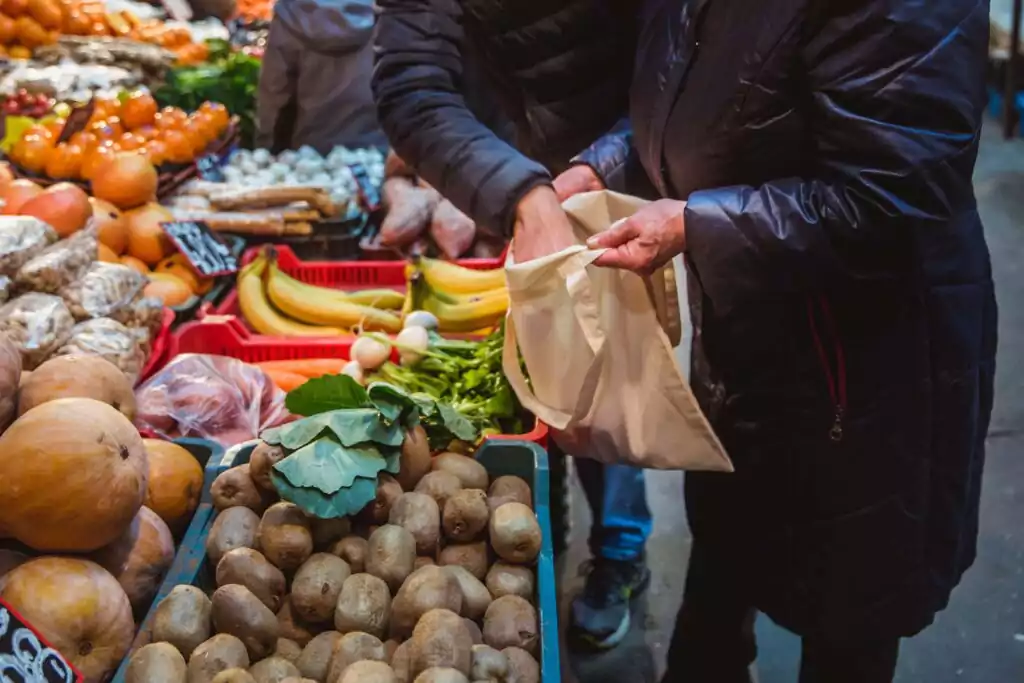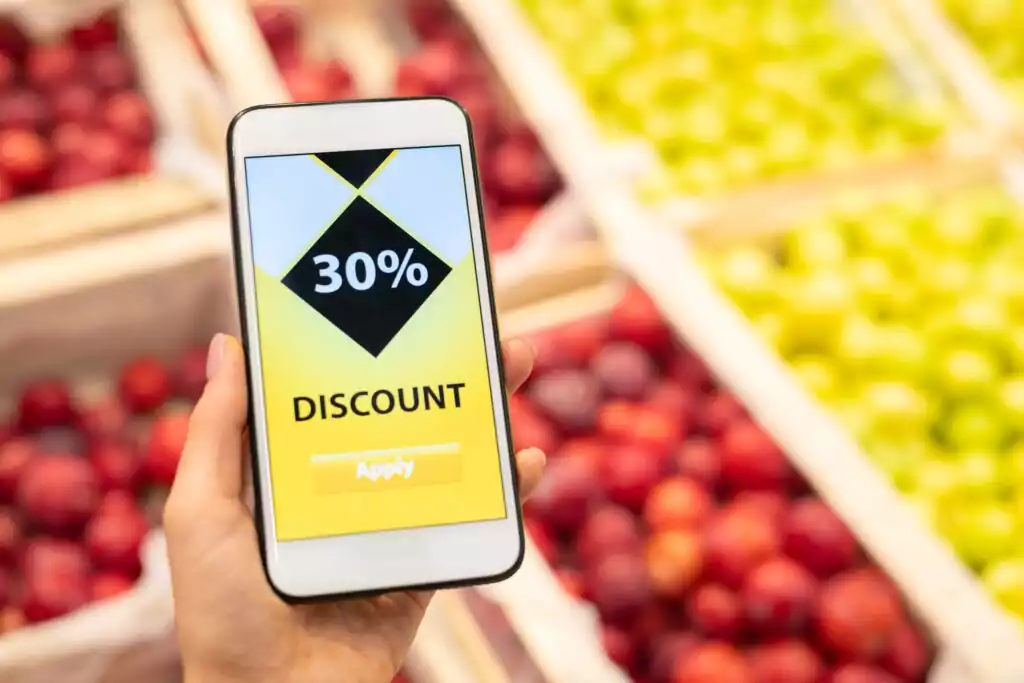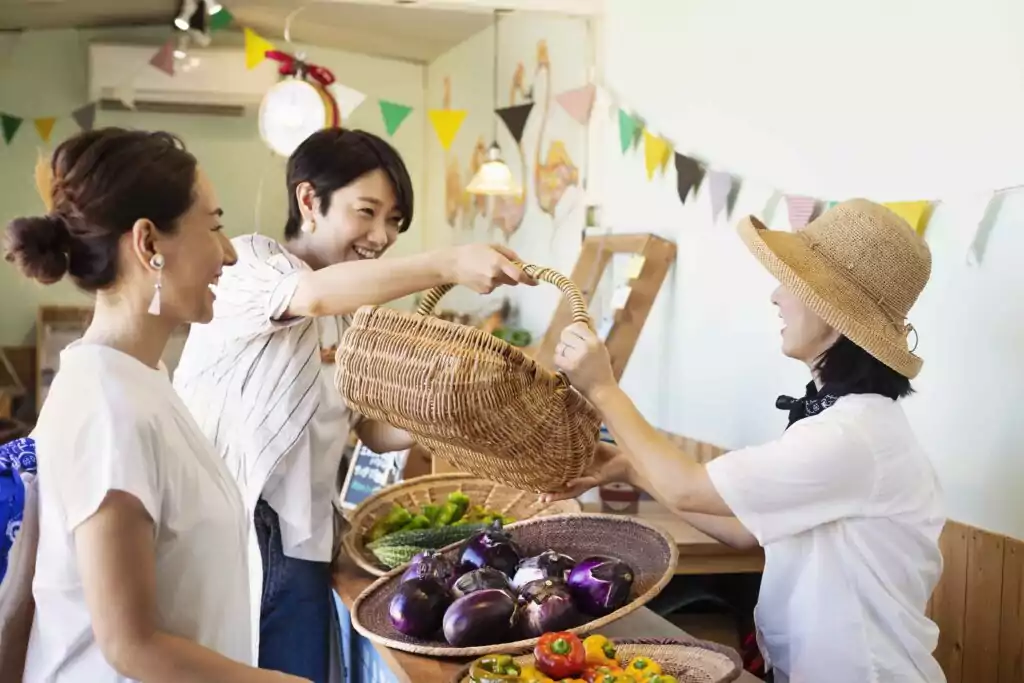It’s of no surprise that shopping has gotten more expensive – a weakened Yen combined with a pandemic-battered economy have pushed prices sky-high; resulting in people having to sacrifice more of their hard-earned wages for expenses such as groceries.
In Japan, grocery shopping can get quite pricey, especially if you are a lover of produce such as fruits and vegetables. In this article, we’ll look at some ways in which you can cut corners and save a bit of cash when at supermarkets and shops.
Closing Time
Many supermarkets will slash prices in the evenings in order to push the sales of perishable products such as meat, seafood, and fresh, ready-made meals (osozai) and reduce food waste. Therefore, if you’re coming home late from work or are looking to buy something for breakfast and/or lunch the next day, popping into a supermarket an hour or so before closing time will prove advantageous when it comes to saving some money.
Sale Times
Supermarkets are also tasked with windows of time by which they need to sell their fresh and perishable foods, so you’ll often see staff milling around the store marking down products during opening times, late afternoons, after 6pm, and near closing times.
Clearance
Items inching towards their sell-by or the expiration date can be marked down anywhere from 10% to 30% so this is a good time to start stocking up on products that you can freeze and use at a later date.
Discount Rack
Many supermarkets will have a discount rack, basket, or section where perishables like fruits and vegetables with blemishes, bruising, dents, etc. and products that need to be consumed or used within a day or two are on sale for up to half the regular price.

Greengrocer
A greengrocer is a retailer of fruits and vegetables and in Japan, such stores can be found in ichibas or open-aired shopping streets. Not only are the products super fresh but they can be cheaper than the often marked-up commercial supermarket prices.
If you’re on the hunt for an apartment and are keen on living somewhere near an ichiba, Village House has properties in over 1,000 locations throughout Japan’s 47 prefectures.

Coupons and Supermarket Loyalty
Supermarkets in Japan have a few ways to entice customers to their shops and earn their loyalty. One way is by putting up chirashi, which are flyers that feature deals or sales of the week. Such flyers are usually posted at or near the entrance of the supermarket or on their website. Deals and sales are often for certain days only, which helps generate more foot traffic for the supermarket.
Another method supermarkets use to attract more customers is via a loyalty program or point system. Some supermarkets will offer their customers extra points during certain days of the week or if they use a designated credit card the company has partnered up with. A coupon will be printed at the end of their receipt for them to use during their next shop.
Farmer’s Market
A benefit of Japan’s densely packed cities is that they are often in close proximity to farms that lie on the outskirts. Many Japanese farmers take advantage of this and travel into cities to sell their wares. They usually set up stalls in areas with high foot traffic – train stations, shopping malls, post offices, etc. – and sell farm-fresh products at non-commercial prices.
Affordable Supermarkets
Japan isn’t lacking when it comes to cheap and budget-friendly supermarkets. Perhaps the most well-known may be Gyomu Super, a local supermarket chain. Its name literally means “supermarket for business” and they currently have around 1,011 stores all over Japan, just as Village House has over 1,000 properties they manage in all 47 prefectures.
Gyomu Super’s strategy of selling in bulk allows them to mark down their prices, making them an attractive budget-friendly option when it comes to grocery shopping. For non-Japanese residents and visitors, this supermarket sometimes stocks Halal and international products at reasonable prices.
Another one of Japan’s cheapest supermarkets is OK where the company’s slogan is “everyday low price”.

Local Foods
A great to save on groceries is to buy locally sourced and grown ingredients as well as seasonal products. For example, cucumbers tend to be cheaper in the summer while mushrooms are cheaper in the fall.
Beef in Japan can be quite pricey due to the lack of farmland so switching to fish and chicken can help you save some Yen.
Mix + Match
Lastly, canvassing all the supermarkets and greengrocers in your local area can give you a good idea of what prices are like on products you purchase regularly. If you’re lucky enough to have a good few supermarkets and shops within close proximity of each other, you can mix and match by buying some items from one shop and other items in another to save money.
Related articles:
- Top 5 Tips on How You Can Keep Your Monthly Expenses on Food As Low As ¥20,000!
- Does Cooking At Home Actually Help Save You Money When You Live Alone? Top 5 Tips on How To Succeed!
- Where to Buy International Food in Japan
- Cooking Tips for Your New Apartment
- Shopping in a Japanese Grocery Store



